Pacific Plate: Movement and Direction of the Pacific Tectonic Boundary
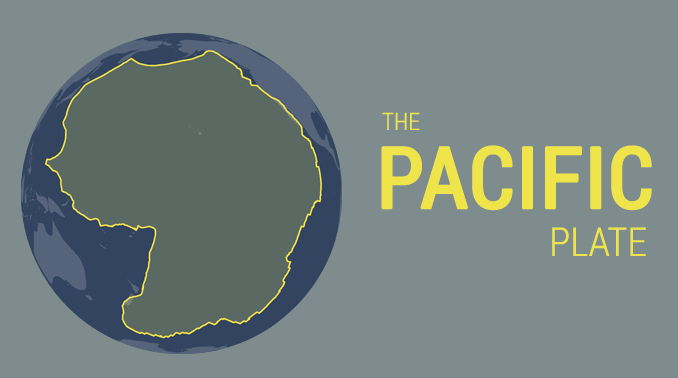
“If you lived in Hawaii, you’d be situated smack dab in the middle of the Pacific major plate.”
The Pacific Plate is the largest of the 7 major tectonic boundaries. With a size of 102,900,000 km2, it more than doubles the size of the South American Plate.
Plate tectonics are odd because they often consist of oceanic and continental crust. For example, the Pacific Plate underlies the Pacific Ocean with the Hawaiian Islands positioned smack dab in the middle.
The Pacific Plate stretches all the way along the west coast of North America up to Alaska. At the western edge, it reaches all the way to the east coast of the islands of Japan and Indonesia.
This plate forms a large portion of the Pacific Ring of Fire. This horse-shoe-looking pattern of plate tectonics has some of the most catastrophic earthquakes and volcanoes on Earth.
On average, the Pacific Plate moves at a rate of 5 to 10 centimeters per year. However, the Pacific Plate, Cocos Plate, Nazca Plate, and Antarctic Plate move more than 10 centimeters which is the fastest movement rate of all plate tectonics.
Pacific Plate Tectonic Boundary Types

The Pacific Plate contains all the plate tectonic boundary types along its boundary. In other words, it shares convergent, divergent, and transform borders with other plates.
The southern edge is a divergent plate boundary with the Antarctic Plate. As these two plates pull apart from each other, they form new oceanic crust.
As already mentioned, the Pacific Ring of Fire has the most active chains of volcanoes in the world. This is because tectonic plates collide and sink at these zones of subduction (convergent plate boundaries).
Lastly, the San Andreas fault is between the North American Plate and the Pacific Plate are transform plate boundaries. While the North American plate in the east moves in the southwest direction, the Pacific plate in the west moves northwest.
The Hawaiian Islands are positioned at the center of the Pacific Plate. But it’s an interior hot spot within the Pacific Plate that is responsible for the volcanic activity that occurs here.
Pacific Plate Tectonic Boundary
The Pacific Plate is an oceanic tectonic plate that lies beneath the Pacific Ocean. The plate has the largest area of any tectonic plate.
The seafloor of this oceanic tectonic plate is usually marked by a deep trench, which is caused by subduction zones or divergent boundaries with other plates.
If you have any questions or comments, please use the comment form below to let us know what your concerns are.

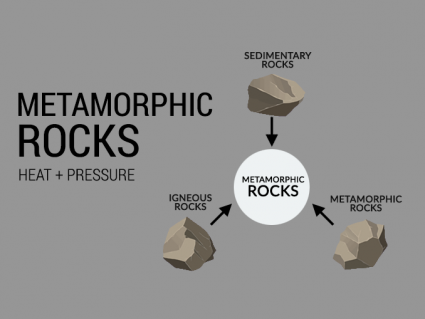

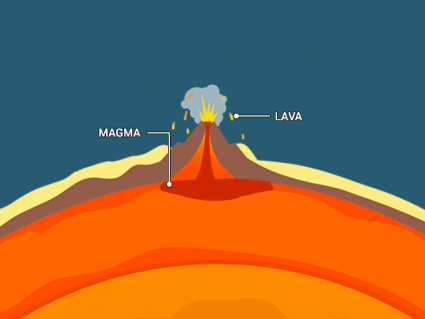
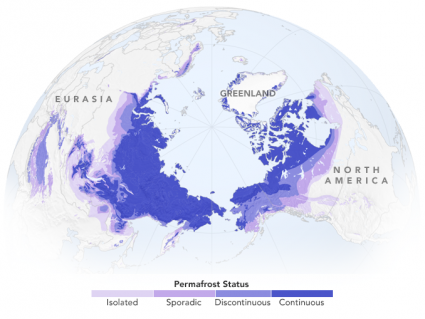
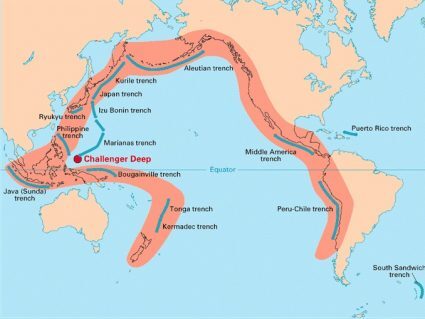
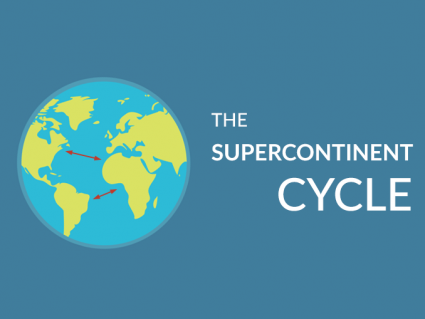
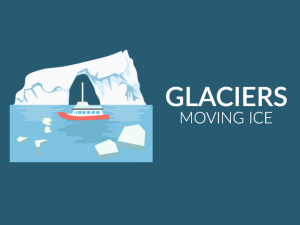



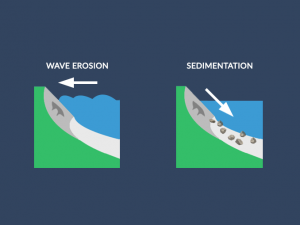
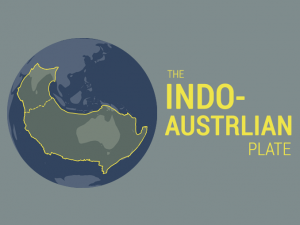
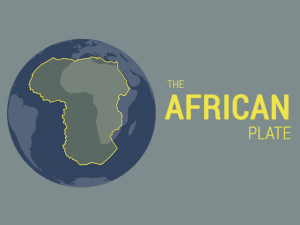
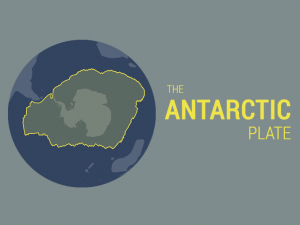
Thank you for helping us teachers.
This one is a bit more complicated… But it moves in multiple directions due to its interactions at its boundaries with other plates. It mostly moves northwestward at a rate of about 7 to 10 centimeters (or approximately 3 to 4 inches) per year.
Where does the Pacific Plate move?
Why are the boundaries of the Pacific plate the most active in terms of seismic activity? Is it because the Pacific plate is the fastest-growing plate or perhaps because it moves more than others? I really need to know. Thanks
Good
What plate collided with the Pacific Plate?
What would be the result if any of the aforementioned plates dropped a quarter of an inch???
What direction has the pacific plate been moving since the formation of Daikakuji?
What would happen if the Pacific plate moves away from the N. American plate?
Shouldn’t the line reading “While the North American plate in the east moves in the southwest direction…” read “southEAST direction? (to matche the NW direction of the Pacific plate in this area)
Thanks
It’s per year. I fixed the text. Thanks!
“…On average, the Pacific Plate moves at a rate of 5 to 10 centimeters. However, the Pacific Plate, Cocos Plate, Nazca Plate and Antarctic Plate move more than 10 centimeters which is the fastest movement rate of all plate tectonics…”
Per what unit of time?